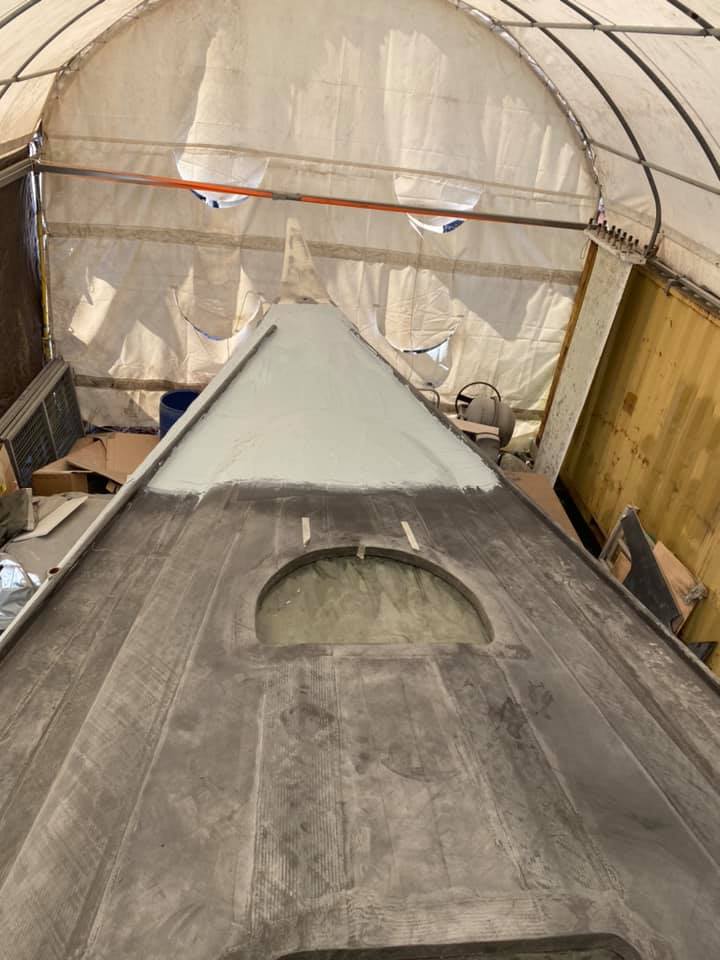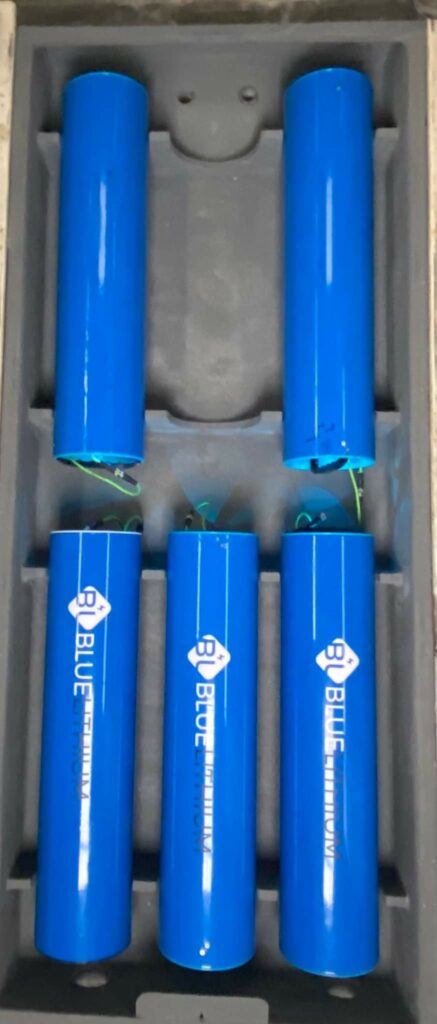In our previous article we spoke of how we are going to turn our TP52 electric and how we will comply with the Special Sailing regulations.

There are a lot of arguments out there about how green electric really is and a lot of people want to see us fail. It is part of the Australian way it seems. Everyone wants to see those trying something different fail. It’s like the argument between monohull and multihull. You are usually one way or the other.
Let me start by saying that everything I am writing about is currently theoretical because our yacht hasn’t hit the water, but when it does, we will be using the yacht to demonstrate what can be achieved. I can’t guarantee that we will get it right from the get go, however we will continue to adapt and make sure that we can go yachting without any fossil fuels.
One of the biggest arguments in the electric vs diesel is ‘What happens when you run out of power?’ The fact is we should never run out of power. Whilst with a diesel engine, when you run out of diesel you stop, with no way to find diesel other than to have it delivered. An electric vessel has the ability to regenerate power in multiple ways.
Our yacht will have over 750 watt of solar panels on the deck. These will actually be used to charge the 12 volt system to run electronics whilst sailing, however there will be a 12vDC-48vDC converter which will allow this to also trickle charge the 48v main banks. So when the sun is out, it will begin to generate power which we can use to run the drive again, however we don’t expect to be able to run entirely on solar. We would have to motor very slowly, even on the sunniest day.
In addition to the solar, we will have two 48v 600 watt wind generators. These are likely to be removable for racing, however we will gauge this in trials. We would still carry them onboard, however we would put them in storage for racing and only install if we needed them. For deliveries and emergency purposes, they would be installed, providing power straight into the main battery banks. There will also be a 48vDC-12vDC converter to allow the 48 volt bank to charge the 12 volt bank if need be.
And finally we will have two forms of Hydrogeneration. The first is the regen from the engine, so when we are sailing, the prop can be set to spin backwards and charge the batteries. As long as we are sailing over seven knots (not hard on a TP) we will be generating around 500 watt at 48v, straight into the main battery bank. Of course, if we are steaming we can’t use this so will also have a secondary Watt & Sea Hydrogenerator which is removable at the stern of the boat.
So if the scenario hits that we dismast and can’t sail, we can legitimately steam endlessly, as long as we control our speed to the inputs coming into the batteries. It maybe slow, but we can run forever as there will always be an input into the batteries. Of course seamanship would also see us rig some kind of jury rig to assist in our progress.
We’ve had people ask, what happens when we short out a battery? We will have the ability to isolate every battery individually and everything is very well protected by fuses. I guess the counter argument is, what happens when you blow a starter motor on a diesel engine, or overheat? Redundancy will be a key factor in our vessel. Hence we will have two inverter chargers so if one goes down, we still have a secondary one. However, the drive also won’t need to go through the inverter chargers either as it can go direct to the 48v bank.

We will be able to charge 48 off 12 volt and visa versa. Having both a 12 volt and 48 volt bank will allow us to also comply with the radio having a separate battery. In addition, the blue lithium batteries we are using have the option of pulling 12 volt out of the 48 volt batteries, so we have a back up 12 volt supply. What you will find on our yacht will be lots of isolators and cross over switches.
So what about lithium batteries? A lot of people say they are not good for the environment as they can’t be recycled. Well, that is going to change very soon. Tests are underway to find a solution to recycling lithium and it looks like it will be as easy to recycle as lead batteries. This will be a game changer for the electric market, not only in yachts but in cars.
And as technology continues to scale quickly, other battery types may come in over the coming years that hold considerably more power and cost less. Diesel will be a thing of the past, very quickly and with the cost of diesel rocketing up in Europe, there is no better time to go electric and have your yacht entirely off grid.
What about fires? Yes, lithium is highly flammable. However the LifePO4 type of battery we are using is much safer than the smaller types. We sacrificed a bit of weight and size but preferred the safer option. The batteries are also in tubes so impact is reduced considerably. For us, they are in dive tank size tubes each weighing in at 23 kilograms.
However, this also includes the Battery Management System all built in. So these batteries will pretty manage themselves. We will be able to monitor it all on a tablet device as well as our B&G electronics. It will be a pretty flash system. If we do have a battery fire, then the main bank will be sealed under the floor and we will have an option of flooding them from the thru-hull fitting that is the sink outlet.
But in comparison, how many boats have burnt down because of engine fires in the past. I don’t think things will change much.
By far and away, the biggest asset to an electric boat for racing at an elite level, is to be able to remove heavy engines and have a battery bank sitting low in the boat, hence lowering the centre of gravity. For fleets like the TP52 class that only need to get in and out of the marina, you could get a lighter boat again and hence focus the weight to meet minimum requirements into other areas.
We feel that the TP52 class needs to be the first to change their regulations and allow an electric drive. They are all about sustainability these days so why not put your money where your mouth is and change the regulations. You want the reputation of being the elite class in the world, will be elite and go electric, or at least offer it as an option. I reckon the designers will work this out very quickly.
And another great feature of an electric drive is no fuel costs and no servicing costs. They are also vibration free and silent when running. It does take away the ‘ahh factor’ when you shut down the diesel engine and finally get under sail, but how good will it be to never have that diesel sound ever again.
The IMOCA fleet is changing quickly too. I have heard stories of some skippers not liking their latest electric drives, however most of that has been because they were not water cooled. These drives need some kind of cooling and all of them now offer a water cooled variant. We have the water-cooled Bellmarine Drivemaster 15kw and a friend recently asked if we were going to use our hot water system as the heat exchanger. I hadn’t thought of it, but yes, we will look into that as it will remove the need for more thru-hull fittings.
So ultimately, we believe electric is the future and in 2022 we hope that we can share stories of how we have made this possible and the lessons we have learnt. As I mentioned earlier, we aren’t experts in this game and it will be a case of trial and error, but thanks to the experts at EcoBoats Australia, we feel we have a very good starting point.
To follow our refit of J-Bird III visit www.facebook.com/JBirdIII or www.OceanCrusaders.org/Sailing
We’d like to thank EcoBoats Australia, Bluelithium Australia and Bellmarine for supporting our campaign.
By Ocean Crusaders


























